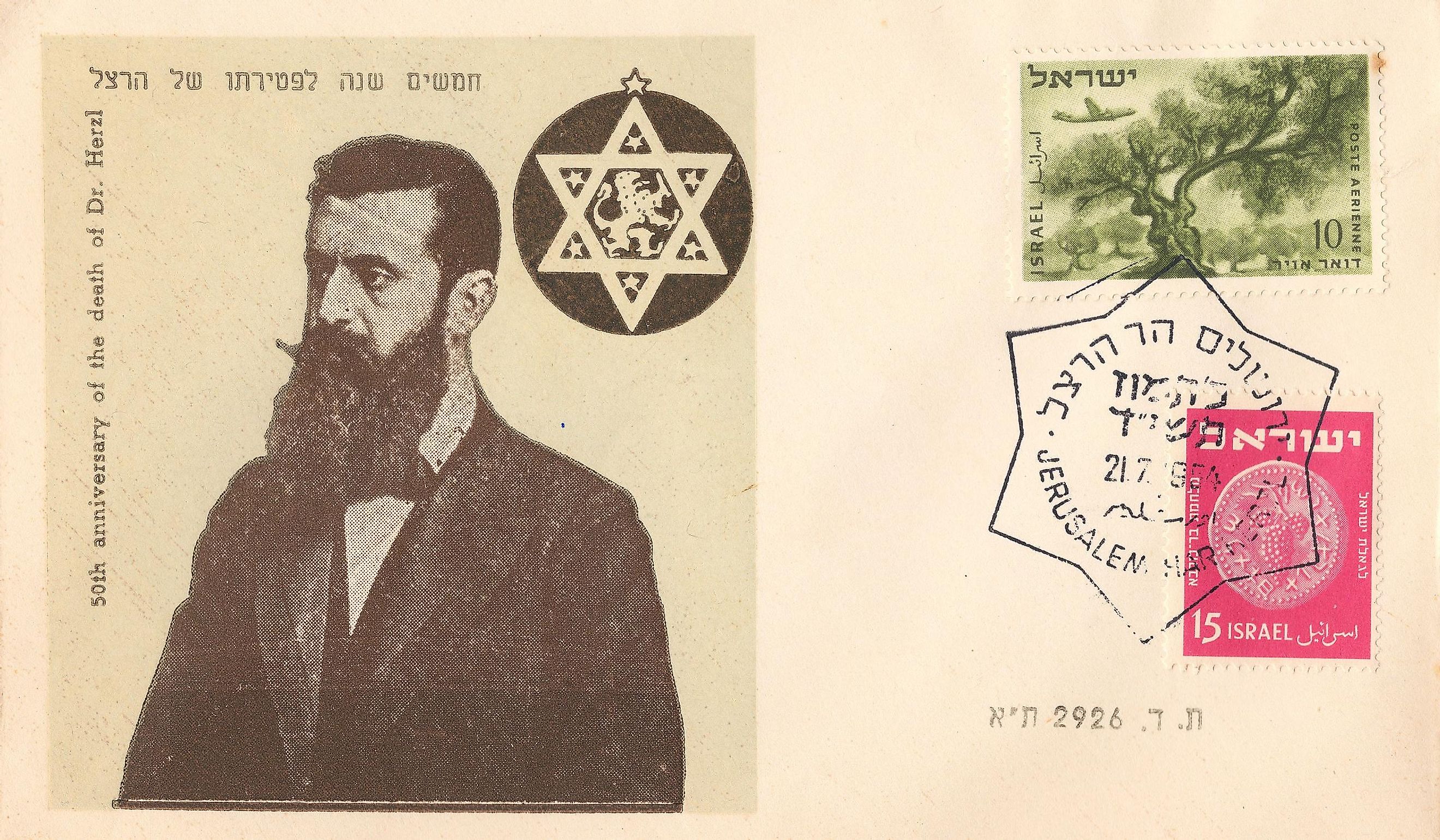
Early Zionism, the Ottoman Empire, and Israel-Palestine
Early Zionism was a nationalist movement that sought to establish a Jewish homeland in Palestine. Emerging in its modern form in Europe in the late 1800s, it was one of the most important ideologies of the 20th century. Indeed, understanding early Zionism is crucial to comprehending the broader Israel-Palestine conflict.
Reasons for Zionism
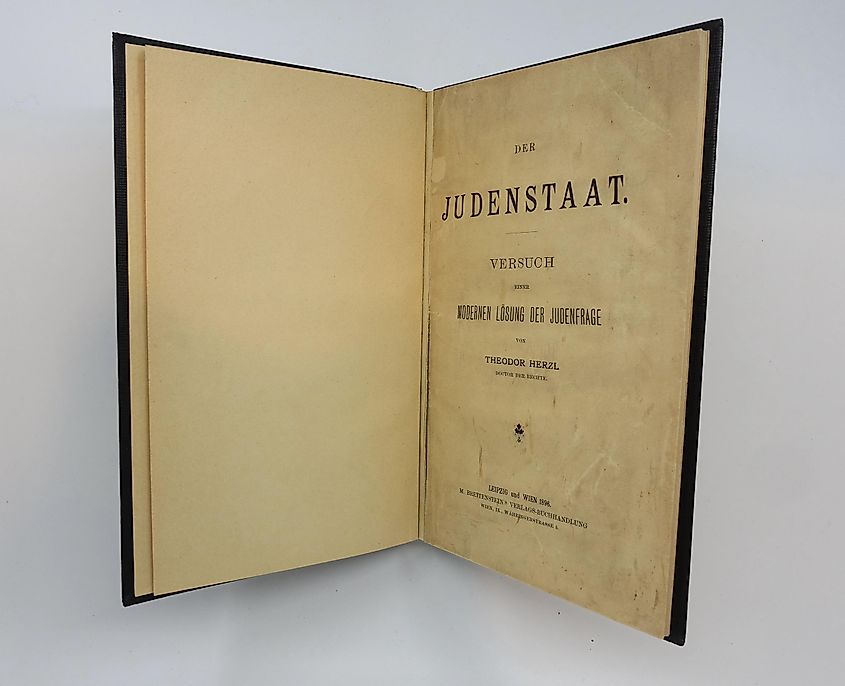
By the late 19th century, many European Jews had concluded that to truly be safe, they needed their own state. This logic was backed up by millennia of persecution and a recent increase in antisemitism, the most well-known example of which was the Dreyfus Affair. This saw Alfred Dreyfus, a Jewish officer in the French Army, wrongfully convicted of treason for supposedly sharing French military secrets with the German embassy in Paris. Throughout the affair, French newspapers drew antisemitic caricatures of Dreyfus and accused him and other French Jewish officers of "disloyalty."
In one particularly harrowing incident, Dreyfus had his military insignia torn from his uniform while coming face to face with a crowd shouting, "Death to Judas, death to the Jew." The Dreyfus Affair profoundly impacted Theodor Herzl, the founder of modern Zionism and a Hungarian Jew living in France at the time. If Jews could not be safe in the country that founded and supposedly celebrated the Rights of Man, Herzl concluded that they could not be safe living as a minority anywhere; thus, in February 1896, Herzl released a pamphlet called Der Judenstaat in which he formalized his support for the creation of a Jewish state in Palestine. He then made this support even clearer in 1897 at the First Zionist Congress in Basel, Switzerland, proclaiming the necessity to create a Jewish home in Palestine.
Different Types of Zionism
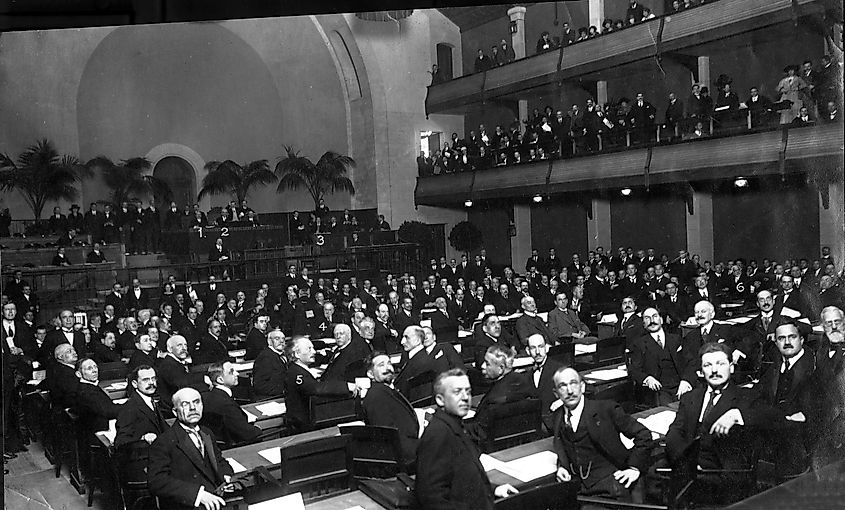
While all Zionists aimed to establish a Jewish homeland in Palestine, the Ottoman province that roughly corresponded with the historical Land of Israel, there were different opinions on how to do so. Understanding these differences is crucial to comprehending the nuances of early Zionism.
Political Zionism
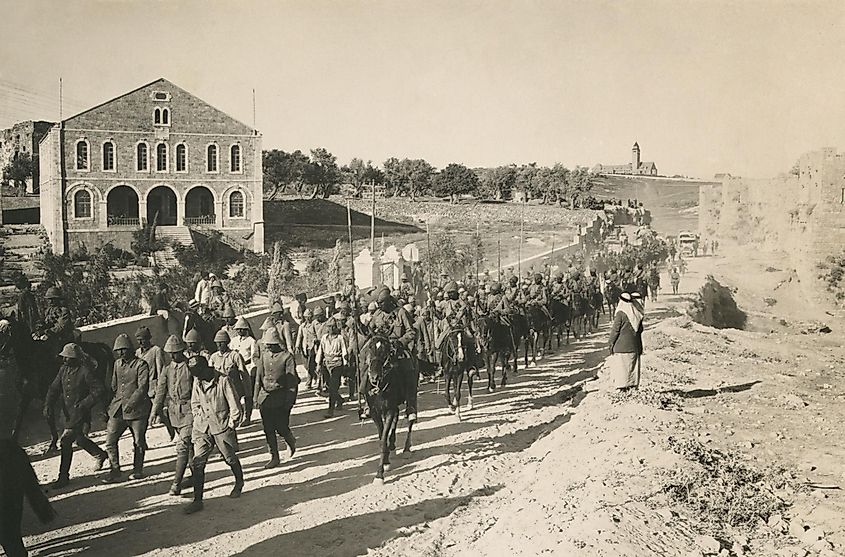
Political Zionism posited that a great power was needed to create a Jewish state in Palestine. Adopted by Herzl, he spent the rest of his life traveling to the major European powers looking for support. While he did not receive it (Herzl died in 1904), during World War One, the British made a series of conflicting promises to different groups over who could control Palestine in a desperate attempt to win the war. One such promise was to the Zionists in the form of the 1917 Balfour Declaration. Once the British came to control Palestine after the war due to the League of Nations mandate system, they were now legally obligated to fulfill this promise. Thus, political Zionism proved crucial in establishing the foundation for a Jewish home.
Labor Zionism
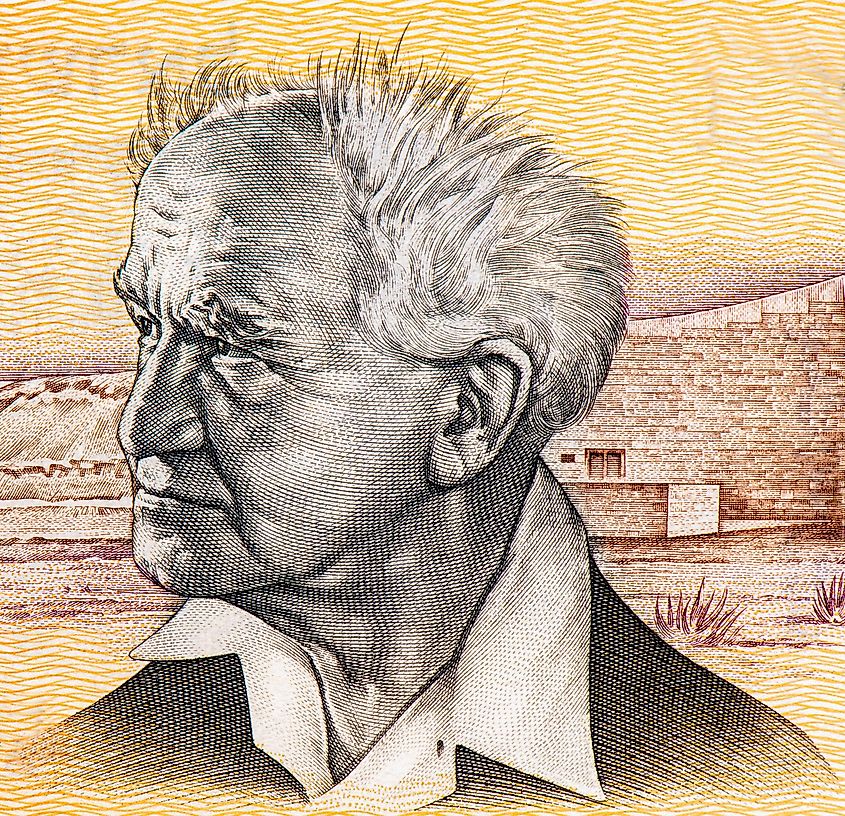
Labor Zionism was another key form of Jewish nationalism. The idea behind it was to acquire land in Palestine and establish a Jewish state through a bottom-up approach (rather than the top-down approach of political Zionism). The land would be acquired via three methods: by purchasing it with the consent of the previous owner, by the Ottoman government forcefully expropriating it, and by labor Zionists forcefully taking the land themselves.
This form of Zionism was not particularly successful, with only tens of thousands of Jews moving to Palestine in the two decades following the Basel Conference. However, one key Zionist, Israel's first prime minister, David Ben Gurion, moved to Palestine in the early 1900s. Furthermore, the political dynamics upon which labor Zionism relied fundamentally altered the Ottoman Empire, revealed key details about the nature of Zionism, and shaped conversations around the boundaries of a future Jewish state.
The Ottoman Empire, the Tanzimat Reforms, and Zionism
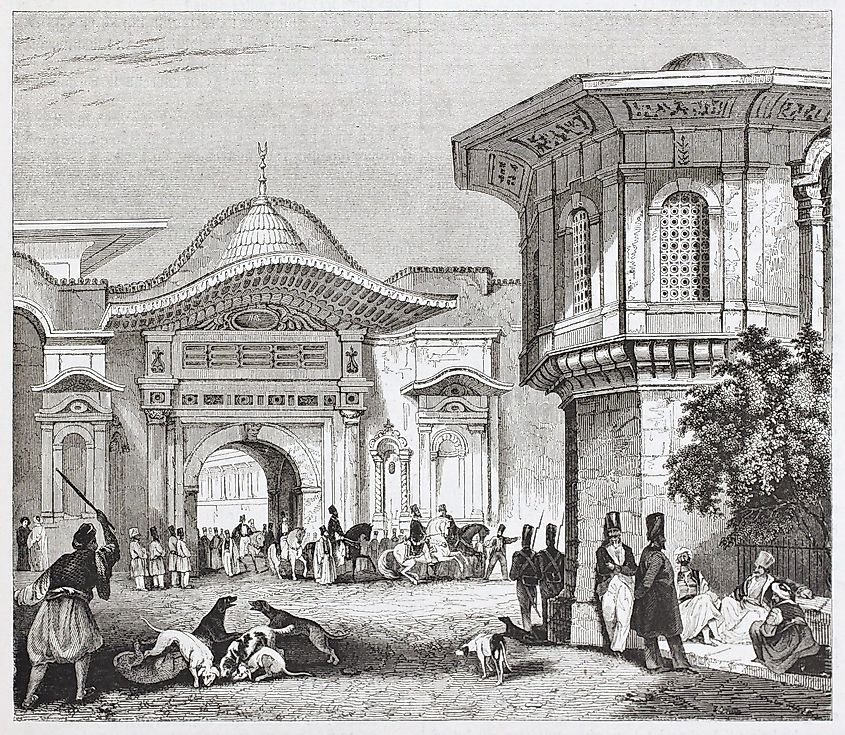
By the early 1800s, the Ottoman capital of Istanbul had little control over many key regions of the empire, including Palestine, southern Iraq, Mecca, and Medina. These regions were instead controlled by wealthy landowning families known as notables. Thus, in the mid-1800s, Ottoman officials enacted a series of reforms. Known as the Tanzimat, their purpose was to gain control over the empire's hinterlands in an attempt to bring in more tax revenue that could be invested into state infrastructure. One major Tanzimat-era policy was the 1858 Land Code, which required landowners to register their ownership, allowing the state to then tax this land.
For labor Zionists, these regions under centralized control were more appealing and practical to purchase. Furthermore, this land was often in the fertile regions on the coast, which may or may not have been in the Kingdom of Israel, rather than in the biblically significant areas near Jerusalem. This gave labor Zionism a secular component, with considerations like practicality and agricultural productivity taking precedence over religious reasoning. Such "earthly" concerns should not be forgotten when assessing the broader history of the Israel-Palestine conflict. Furthermore, these land purchases helped redefine the future borders of a Jewish state.
Final Thoughts
In essence, Zionism emerged in its modern form in the late 1800s. While all Zionists sought to establish a Jewish homeland, there were major differences in their methods--as evidenced by the emergence of political and labor Zionism. Political Zionism partly achieved its goal with the Balfour Declaration. Furthermore, labor Zionism revealed a distinctly secular component of Jewish nationalism while also shaping the future borders of Israel.











